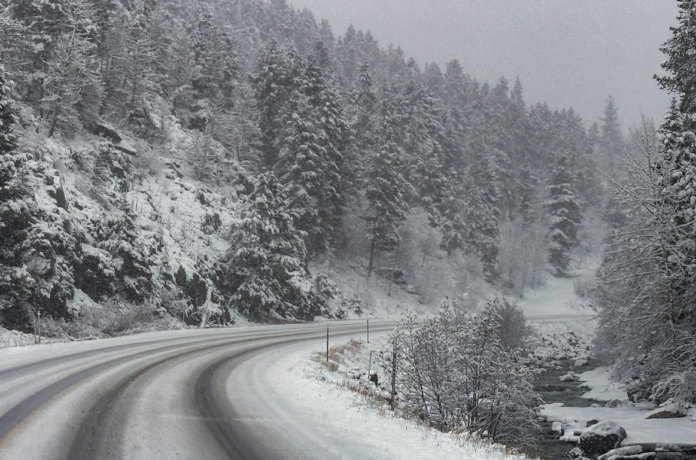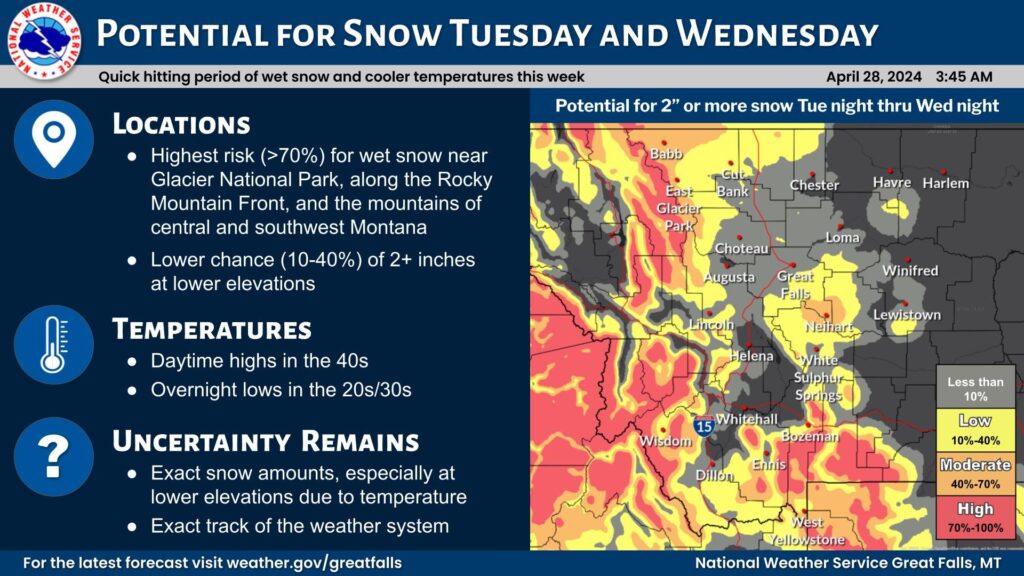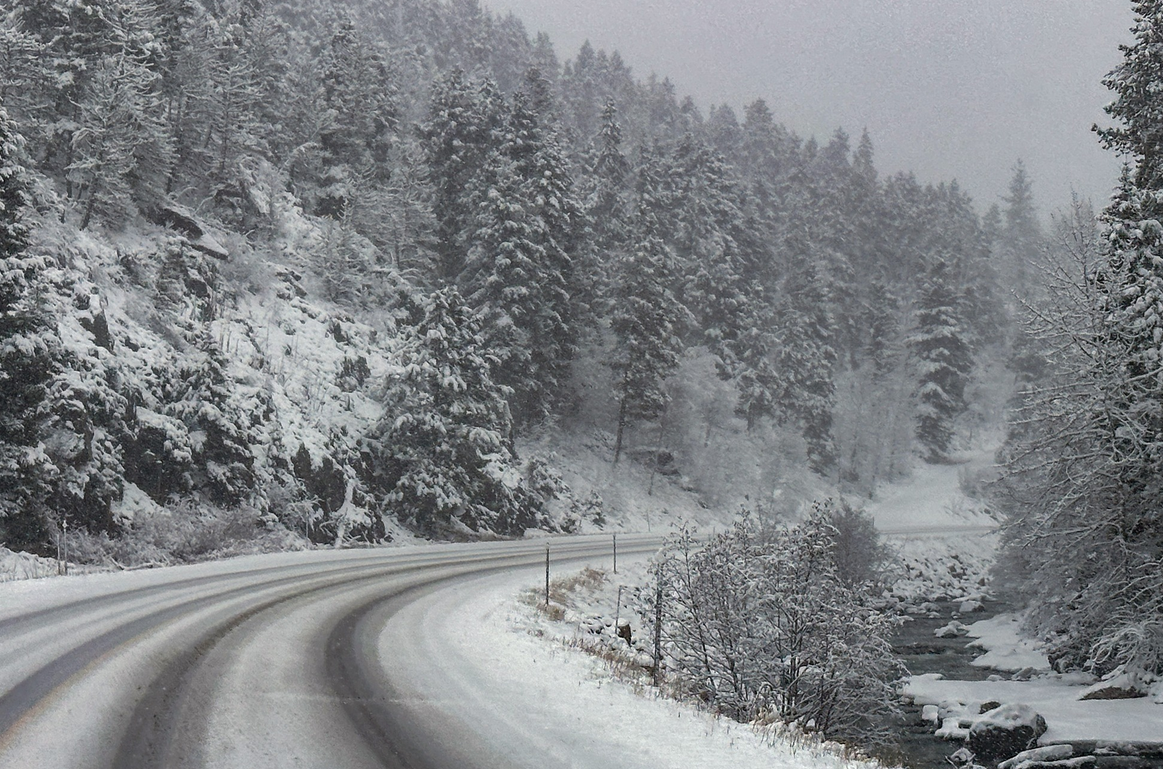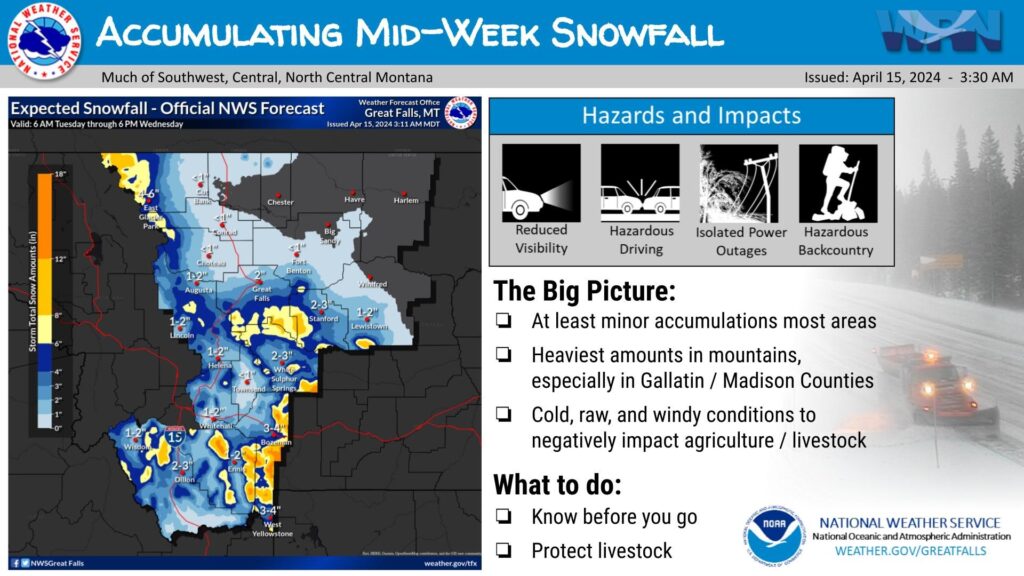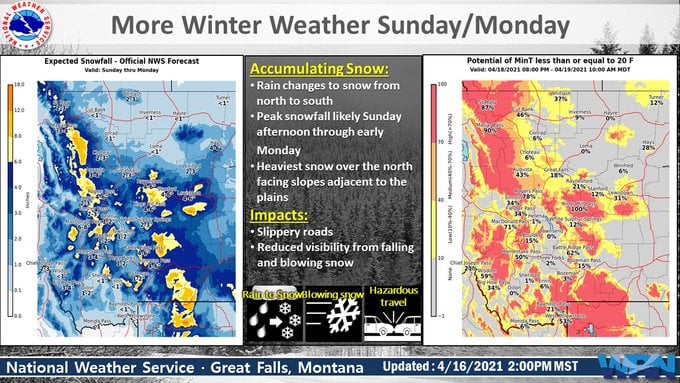Looks as if Jeff Foxworthy has got us pretty well figured out.
Check out his observations below:
If “vacation” to you means going shopping for the weekend in Great Falls, Billings or Bozeman (while the kids swim at the Comfort Inn),
You might live in Montana.
If parking your car for the night involves an extension cord,
You might live in Montana.
If you consider it a sport to gather your food by drilling through 8 inches of ice and sitting there all day hoping that the food will swim by,
You might live in Montana.
If you’re proud that your state makes the national news primarily because it houses the coldest spot in the nation,
You might live in Montana.
If you have ever refused to buy something because it’s “too spendy”,
You might live in Montana.
If your local Dairy Queen is closed from November through March,
You might live in Montana.
If someone in a store offers you assistance, and they don’t work there,
You might live in Montana.
If your dad’s suntan stops at a line curving around the middle of his forehead,
You might live in Montana.
If you have worn shorts and a parka at the same time,
You might live in Montana.
If your town has an equal number of bars and churches,
You might live in Montana.
If you know how to correctly pronounce Butte, Choteau, Havre, Dupuyer, Meagher, or Wibaux,
You might live in Montana.
If you measure distance in hours,
You might live in Montana.
If your family vehicle is a crew cab pickup,
You might live in Montana.
If you know several people who have hit deer more than once,
You might live in Montana.
If you often switch from “heat” to “A/C”in the same day and back again,
You might live in Montana.
If you can drive 65 mph through 2 feet of snow during a raging blizzard, without flinching,
You might live in Montana.
If you see people wearing hunting clothes at social events,
You might live in Montana.
If you’ve installed security lights on your house and garage and leave both unlocked,
You might live in Montana.
If the largest traffic jam in your town centers around a high school basketball game,
You might live in Montana.
If you carry jumper cables in your car and your girlfriend knows how to use them,
You might live in Montana.
If there are 7 empty cars running in the parking lot at Wal-Mart at any given time,
You might live in Montana.
If there are more people at work on Christmas Eve Day than on Deer gun Opener,
You might live in Montana.
If you design your kid’s Halloween costume to fit over a snowsuit,
You might live in Montana.
If driving is better in the winter because the potholes are filled with snow,
You might live in Montana.
If you know all 4 seasons: almost winter, winter, still winter and road construction,
You might live in Montana.
If you can identify a southern or eastern accent,
You might live in Montana.
If you consider Red Lodge exotic,
You might live in Montana.
If your idea of creative landscaping is a statue of a deer next to your cottonwood,
You might live in Montana.
If the sunbelt to you means Miles City,
You might live in Montana.
If a brat is something you eat,
You might live in Montana.
If finding your misplaced car keys involves looking in the ignition,
You might live in Montana.
If you find 0 degrees a little chilly,
You might live in Montana.
If you actually understand these observations from Jeff Foxworthy, and you forward them to all your Montana friends, you must live in Montana.


